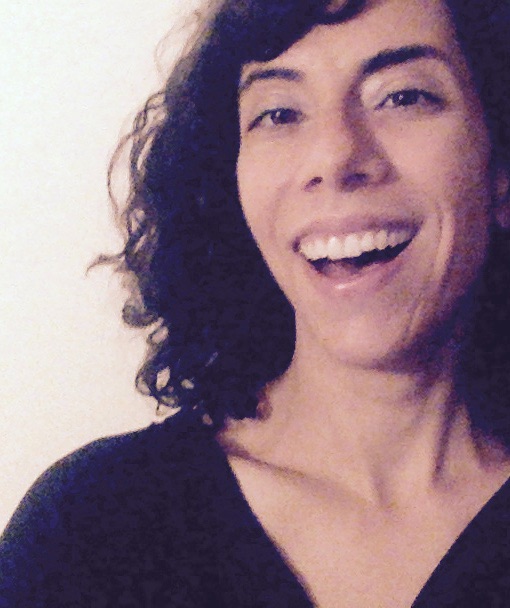1,425 reads
Ageism in Tech: How It Feels To Be The Oldest in the Room
by
May 7th, 2020
 byL.B. Lewis@lblewisauthor
byL.B. Lewis@lblewisauthorAward-winning writer. Creator. Nut for cocos. #1 New Release, Humor + Entertainment for SMALL TALK WITH MYSELF.
About Author
Award-winning writer. Creator. Nut for cocos. #1 New Release, Humor + Entertainment for SMALL TALK WITH MYSELF.